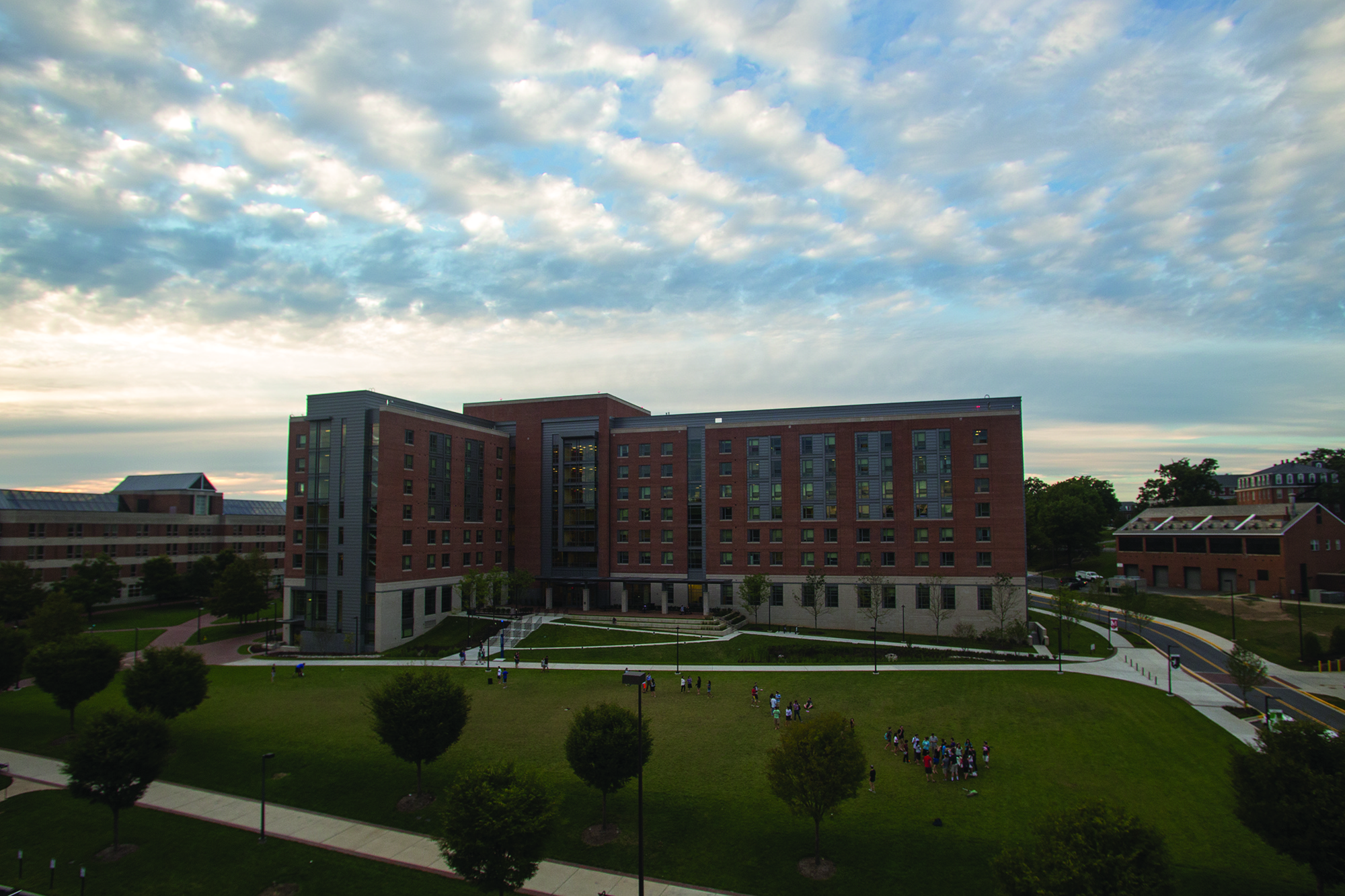While the University of Maryland mailed a typical amount of acceptance letters to students this year, more students than usual said “yes.”
This university received about 30,200 applications — more than ever before — for a spot in the fall 2016 freshman class. The first-year student population was 3,939 in fall 2015, according to the Office of Institutional Research, Planning and Assessment. This year, it reached a level officials didn’t expect.
“These should be numbers that we plan for,” said university President Wallace Loh. “We’ve got to deal with this issue of this huge influx that we didn’t quite anticipate.”
The enrollment goal for the freshman class was 4,075 students, but it is likely that actual enrollment is close to 4,500 students — 10 percent more than the goal — Undergraduate Admissions Director Shannon Gundy said in a Sept. 1 interview. Between fall 2013 and fall 2015, an average of about 32 percent of accepted students chose to attend each academic year.
Official data detailing the fall 2016 freshman class profile will be available on the office’s website after a “data freeze” at the end of this month, said Katie Lawson, university communications director.
But this year’s enrollment increase could be attributed to the university’s switch to the Big Ten — bringing an influx of out-of-state applicants — and a continued appeal to in-state students because of lower tuition, Loh said.
“When I talk to school counselors, they tell me that their students who are interested in Maryland are interested at a higher rate than they have been in the past,” Gundy said. “We’re doing well, and people are hearing about it, and they’re coming to see it for themselves, and it’s working.”
Other University System of Maryland schools have also seen a rise in student numbers. At the University of Maryland, Baltimore County, the number of applications increased by more than 1,500 — from 28,310 applications to almost 30,000 — between fall 2015 and fall 2016, said Ran Wang, an undergraduate admissions counselor.
With more than 500 extra regular admission and Freshmen Connection students in the mix, ensuring housing on the campus meant the Department of Resident Life had to make some adjustments, but all students who accepted their admission offers by the May 1 deadline received housing, said Scott Young, Resident Life’s associate director of administrative and business services.
This required changes such as adding six additional flex-triples and turning five floor lounges — two in La Plata Hall, two in Elkton Hall and one in Dorchester Hall — into quads, Young said. “It disrupts the floor,” Young said. “[But] we worked hard to make sure we got all of the freshmen who wanted on-campus housing off the waiting list. We’re giving a firm foundation for students in their first year, and then we can allow them to stay for a second year.”
Resident Life wasn’t able to house many transfer students due to the size of the freshman class, and with the university “about to tear down two or three residence halls … we need to move very quickly to build housing,” Loh said.
Nothing is certain, but there is a possibility of placing dorms along Route 1, Loh added.
But Young disagreed, saying he was in favor of more housing on the campus.
“It’s extremely important for freshmen to live on campus, because it’s where everything is,” said freshman Leah Surikov, who is enrolled in letters and sciences and requested to live on North Campus for her first year. “If you don’t, it’s much harder to meet people and become accustomed to campus.”
More students on the campus also leads to more students in classrooms and larger class sizes — something that would require more funding for the university. The dean of undergraduate studies has been working to increase the number of general education courses offered to accommodate students, Gundy said.
“We don’t want to have bulging classrooms, because that dilutes the soup,” Loh said. “I think we can accommodate these extra [students] without diluting the soup. But I don’t know if we can continue to do that.”
Lisa Kiely, the assistant dean of undergraduate studies, called the creation of new courses as a result of greater enrollment “premature.”
But departments and colleges did add more seats in “critical” areas when the university realized the new student class would be larger than expected, Kiely wrote in an email.
“Everyone involved jumped in and made sure there were enough seats for all new students,” she wrote.
University officials will continue to develop options to utilize resources and accommodate for the current and future student populations.
“I don’t have any solutions yet,” Loh said, “[but] enrollment planning is a very high-priority issue.”



